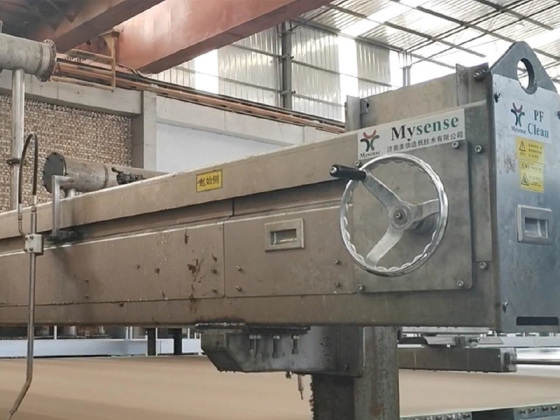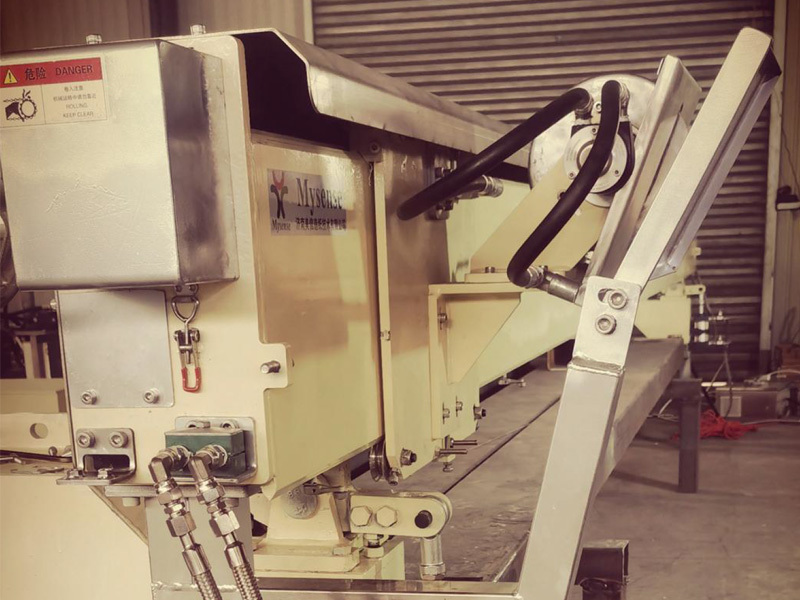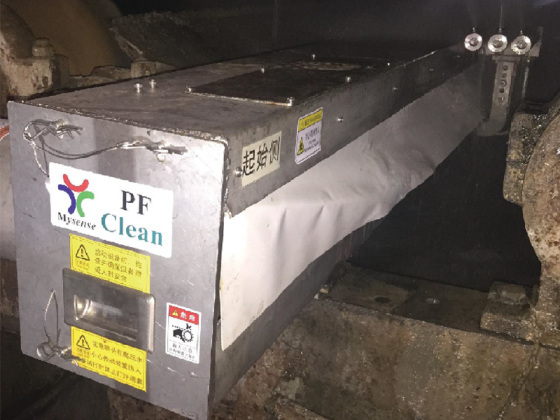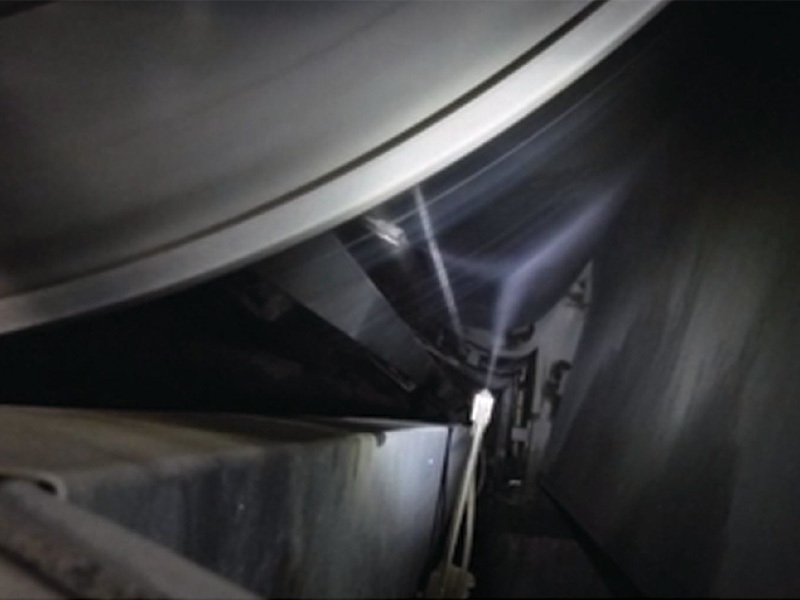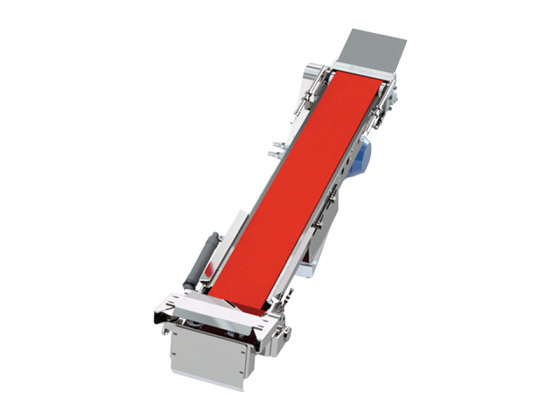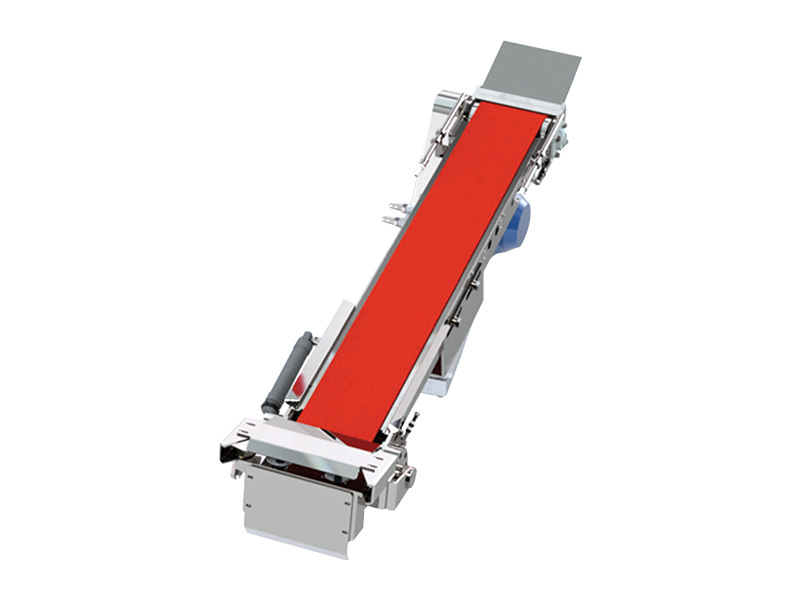Optimizing Operations: The Revolutionary Ropeless Automatic Tail Threading System in Manufacturing
Published on:
2025-02-19 12:40
Optimizing Operations: The Revolutionary Ropeless Automatic Tail Threading System in Manufacturing
Table of Contents
- 1. Introduction to Ropeless Automatic Tail Threading Systems
- 2. Importance of Automation in Manufacturing
- 3. How the Ropeless Automatic Tail Threading System Works
- 4. Advantages of Implementing Ropeless Systems
- 5. Real-World Applications in Manufacturing
- 6. Challenges and Considerations
- 7. The Future of Tail Threading Technologies
- 8. Frequently Asked Questions (FAQs)
- 9. Conclusion
1. Introduction to Ropeless Automatic Tail Threading Systems
In the rapidly evolving landscape of manufacturing, efficiency and precision are paramount. The **Ropeless Automatic Tail Threading System** represents a significant advancement in optimizing textile production processes. Unlike traditional methods that rely on cumbersome ropes and manual threading, this innovative system streamlines operations, reducing labor costs and enhancing product quality.
Implementing a ropeless system not only improves threading efficiency but also minimizes downtime during machine setup. As industries strive to meet increasing demands for faster production cycles, understanding the functionality and benefits of these advanced systems is essential.
2. Importance of Automation in Manufacturing
Automation has revolutionized the manufacturing sector, enabling companies to enhance productivity and maintain competitiveness. The introduction of ropeless automatic systems plays a crucial role in this transformation. The key reasons for the growing importance of automation include:
Increased Efficiency
Automated systems optimize operational workflows, allowing for continuous production without the frequent interruptions associated with manual processes.
Cost Reduction
By minimizing labor costs and reducing material waste, automation leads to significant savings. Ropeless systems further lower expenses by eliminating the need for additional threading tools and processes.
Enhanced Quality Control
Automation ensures consistent quality in production, reducing the likelihood of human error. This is particularly crucial when handling delicate materials that require precision.
3. How the Ropeless Automatic Tail Threading System Works
The **Ropeless Automatic Tail Threading System** is engineered to simplify the threading process. Here’s how it operates:
Advanced Sensor Technology
Equipped with advanced sensors, the system detects the thread's position and guides it through the necessary channels without the need for ropes. This technology ensures accurate threading, minimizing the risk of tangled threads.
Automated Thread Management
Once the thread is detected, automated mechanisms engage to pull the thread through the machine’s components. This process is quick and efficient, significantly reducing setup times.
Seamless Integration with Existing Machinery
Designed for compatibility with various manufacturing machines, the ropeless threading system can be easily integrated into current operations, providing an immediate boost to efficiency.
4. Advantages of Implementing Ropeless Systems
Integrating a ropeless automatic tail threading system offers numerous advantages:
1. Time Efficiency
Setup times are drastically reduced, allowing for faster transitions between production runs. This increased speed can lead to higher output levels.
2. Enhanced Worker Safety
By minimizing manual intervention, the system reduces the risk of workplace accidents associated with traditional threading methods.
3. Improved Thread Quality
With precise threading mechanisms, the ropeless system ensures that threads are consistently fed, resulting in higher quality finished products.
4. Lower Maintenance Costs
Fewer mechanical parts involved means lower maintenance requirements, translating to long-term savings for manufacturers.
5. Real-World Applications in Manufacturing
The applications of the ropeless automatic tail threading system span various manufacturing sectors:
Textile Industry
In textile production, the ropeless system ensures efficient threading of yarns in weaving and knitting machines, significantly enhancing production rates.
Automotive Manufacturing
Automakers utilize these systems for efficient threading of upholstery and other components, ensuring consistency across large-scale production.
Packaging Industry
In packaging, the ropeless threading system allows for rapid and reliable threading of materials, improving overall packaging efficiency.
6. Challenges and Considerations
While the advantages of ropeless automatic systems are compelling, manufacturers should also consider potential challenges:
1. Initial Investment
The upfront cost of implementing advanced threading systems can be significant. However, the long-term savings often justify the investment.
2. Training Requirements
Employees may require training to efficiently operate and maintain the new systems, which can temporarily affect productivity.
7. The Future of Tail Threading Technologies
The trend toward automation in manufacturing continues to grow, with future developments likely to enhance the capabilities of ropeless threading systems. Potential advancements include:
Enhanced AI Integration
Artificial intelligence could be integrated to monitor threading processes, predict maintenance needs, and optimize operational efficiency.
Smart Manufacturing
As the industry moves toward Industry 4.0, ropeless systems may become part of a broader network of interconnected machines, enhancing overall productivity through data sharing and analytics.
8. Frequently Asked Questions (FAQs)
1. What is a Ropeless Automatic Tail Threading System?
A ropeless automatic tail threading system is an advanced technology designed to automate the threading process in manufacturing without the use of ropes, enhancing efficiency and reducing labor costs.
2. How does it improve productivity?
By minimizing setup times and manual interventions, the system allows for faster transitions between production runs, leading to increased output and reduced downtime.
3. Is the installation of ropeless systems costly?
While the initial investment may be high, the long-term savings in labor and maintenance often outweigh the costs.
4. Can these systems be integrated into existing machinery?
Yes, ropeless automatic tail threading systems are designed to be compatible with various machines, facilitating easy integration into current operations.
5. What industries benefit from these systems?
Industries such as textiles, automotive manufacturing, and packaging benefit significantly from the implementation of ropeless automatic tail threading systems.
9. Conclusion
The **Ropeless Automatic Tail Threading System** is a game changer for the manufacturing industry, offering enhanced efficiency, safety, and quality control. As businesses look to optimize their operations in a competitive market, this innovative technology presents a robust solution. By embracing automation, manufacturers can not only streamline their processes but also position themselves for future growth in an ever-evolving landscape. The shift toward ropeless systems marks a significant step toward a more efficient, sustainable, and productive manufacturing environment.
Latest News



